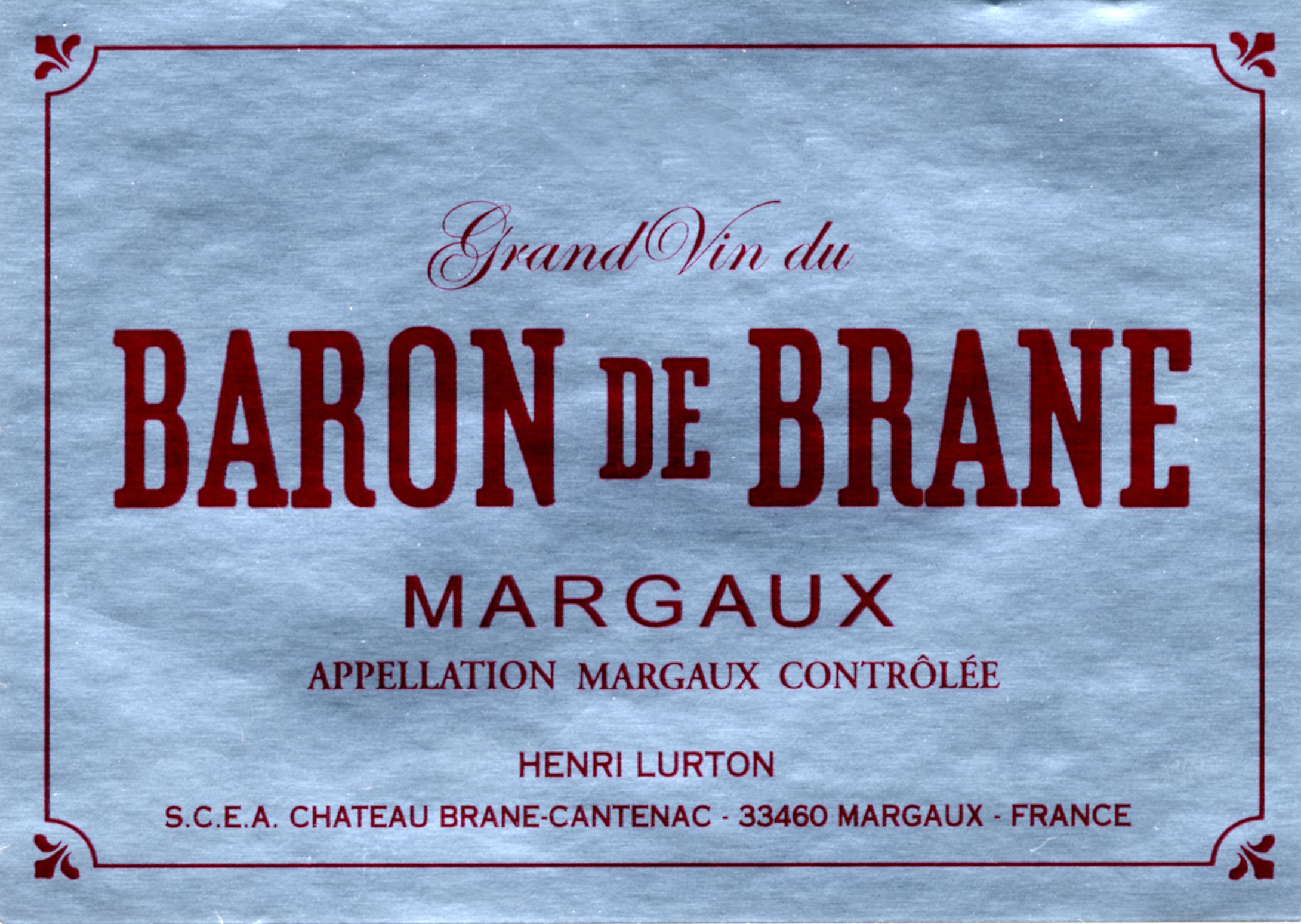Baron De Brane
2010
Country
France
Region
Bordeaux
Appellation
Margaux
UPC
0 15643 47812 3
Vintage
The 2010 vintage is uncannily similar to the previous vintage: a dry year but with water reserves that had been replenished the previous fall. The cool nights of a pleasant summer imparted full aromatic expression and unusually high levels of phenolic compounds. The climate in 2010 corresponded marvellously to Brane's terroir. The plateau's clay-like gravel subsoil can give the vines the humidity the grapes need to mature in conditions of extreme dryness. Aromatic expression also being a major quality of this terroir, it was particularly rich at Brane this year. The severity of the blend may seem surprising but it was the key to a perfect balance...
HArvest
Excellent weather conditions during harvesting.
The Merlots were harvested between September 27th (5 days later than in 2009) and October 5th.
The berries had very high sugar levels. Optical sorting performed miracles, removing shot and dried berries.
Harvesting of Cabernet Sauvignons started on October 6th and ended on October 14th The level of phenolic compounds in the grapes was greater than in 2009. It is undoubtedly the prized grape in 2010. Exceptionally, the Cabernet Francs had to wait until the end of harvest. They produced wines that were surprisingly rich in aromas.
The health status was just as exceptional as in 2009.
In spite of a high alcohol level, the wines' acidity made them well-balanced and fresh.
The Merlots were harvested between September 27th (5 days later than in 2009) and October 5th.
The berries had very high sugar levels. Optical sorting performed miracles, removing shot and dried berries.
Harvesting of Cabernet Sauvignons started on October 6th and ended on October 14th The level of phenolic compounds in the grapes was greater than in 2009. It is undoubtedly the prized grape in 2010. Exceptionally, the Cabernet Francs had to wait until the end of harvest. They produced wines that were surprisingly rich in aromas.
The health status was just as exceptional as in 2009.
In spite of a high alcohol level, the wines' acidity made them well-balanced and fresh.
Weather
An exceptionally rainy fall of 2009 which refilled the water tables and allowed the vines to
tolerate an extremely dry summer.
A cold winter that delayed bud break.
A cool episode during blossoming which resulted in grape shatter (coulure) and shot berries (millerandage) on the early Merlots.
A moderately hot but particularly dry summer (30 mm rain between June 20th and September 6th, or 100 mm less than usual).
A period favourable to the synthesis of phenolic compounds alternating between hot days and cool nights as maturity was approaching.
A cold winter that delayed bud break.
A cool episode during blossoming which resulted in grape shatter (coulure) and shot berries (millerandage) on the early Merlots.
A moderately hot but particularly dry summer (30 mm rain between June 20th and September 6th, or 100 mm less than usual).
A period favourable to the synthesis of phenolic compounds alternating between hot days and cool nights as maturity was approaching.

